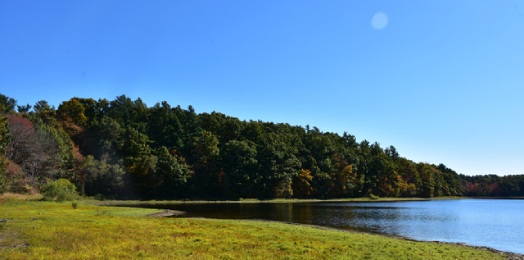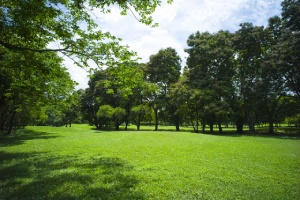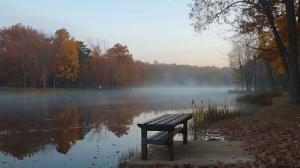
Iroquois Park: Explore Wooded Trails and Enjoy Panoramic City Views
Iroquois Park, located in South Louisville, offers a striking contrast to other city parks with its hilly terrain, dense forests, and panoramic overlooks. Covering over 730 acres, it’s often referred to as “Louisville’s Yellowstone” because of its dramatic elevation and natural beauty. The park features extensive trails that are ideal for hiking, trail running, and horseback riding along designated bridle paths. From the top of the park’s overlook, visitors can take in a stunning view of the city and surrounding areas, especially during the fall when leaves change color. Sports enthusiasts can use the basketball courts, disc golf course, and nearby golf facilities.

Waterfront Park: Celebrate, Stroll, and Cycle Along the Riverfront
Waterfront Park is a modern, lively green space that sits along the banks of the Ohio River, connecting Louisville’s downtown with the historic neighborhoods beyond. This 85-acre park is a central location for major city events, including Thunder Over Louisville, the Kentucky Derby Festival, and free summer concerts. Visitors of all ages enjoy walking or cycling along the wide paved paths, relaxing on the expansive lawns, or cooling off at the kid-friendly splash pads during the summer. One of the park’s signature attractions is the Big Four Bridge, a former railroad bridge turned pedestrian and bike path that links Kentucky with Jeffersonville, Indiana.


